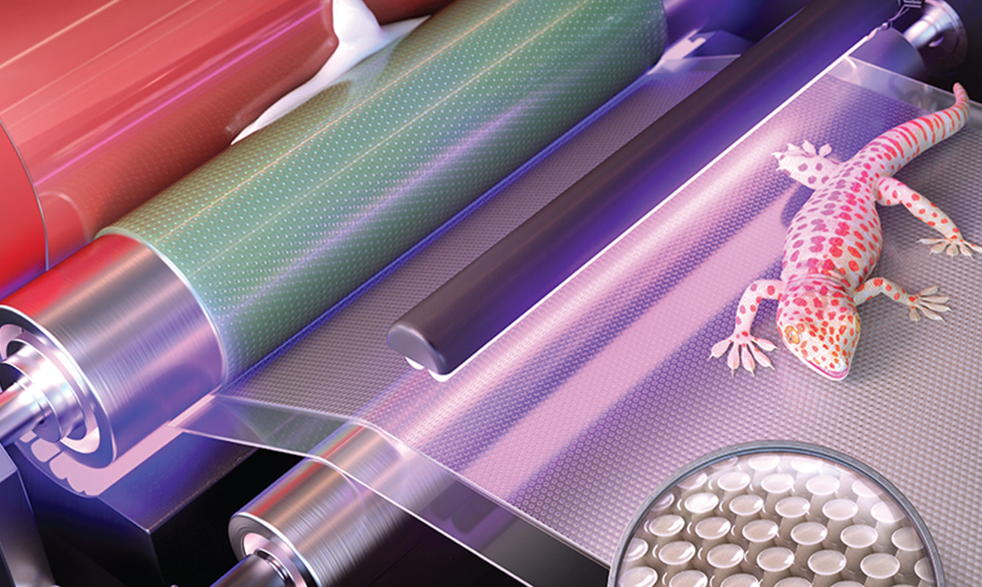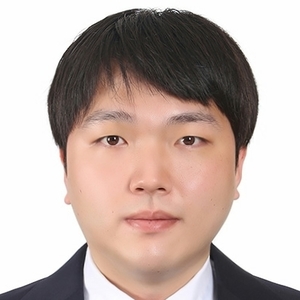Enhanced Flexible Mold Lifetime for Roll‐to‐Roll Scaled‐Up Manufacturing of Adhesive Complex Microstructures
Bioinspired Microstructured Adhesives with Facile and Fast Switchability for Part Manipulation in Dry and Wet Conditions
Smart Materials for manipulation and actuation of small-scale structures
3D nanofabrication of various materials for advanced multifunctional microrobots
Liquid Crystal Mesophase of Supercooled Liquid Gallium And Eutectic Gallium–Indium
Machine Learning-Based Pull-off and Shear Optimal Adhesive Microstructures
Information entropy to detect order in self-organizing systems
Individual and collective manipulation of multifunctional bimodal droplets in three dimensions
Microrobot collectives with reconfigurable morphologies and functions
Self-organization in heterogeneous and non-reciprocal regime
Biomimetic Emulsion Systems
Giant Unilamellar Vesicles for Designing Cell-like Microrobots
Bioinspired self-assembled colloidal collectives drifting in three dimensions underwater
Enhanced Flexible Mold Lifetime for Roll‐to‐Roll Scaled‐Up Manufacturing of Adhesive Complex Microstructures

Various functional complex 3D patterned surfaces with micro- or nanostructures have been developed and their superior performances over non-patterned smooth surfaces proven. However, it is challenging to mass-produce such complex micro-/nanopatterned surfaces, which limits their commercialization drastically. Although roll-to-roll (R2R) manufacturing using flexible molds has been implemented for mass-production of such functional surfaces, the poor mold repeatability issue has not been resolved yet. Here, a strategy to significantly improve the repeatability of the micropatterned flexible silicone molds over 1000 cycles against highly adhesive polyurethane acrylates (PUAs) in UV light curing based R2R systems by using a two-step curing process is reported. The mold repeatability is drastically increased from 10s of cycles to over 1000 cycles through the proposed strategy in spite of the complicated 3D undercut geometry and high tackiness of the microstructure. This two-step process would enable scaled-up production of micro-/nanostructured adhesives, such as gecko-inspired microfiber adhesives as demonstrated in this study, as well as various other functional micro-/nanostructured surfaces by enhancing the flexible mold lifetime.
Members





